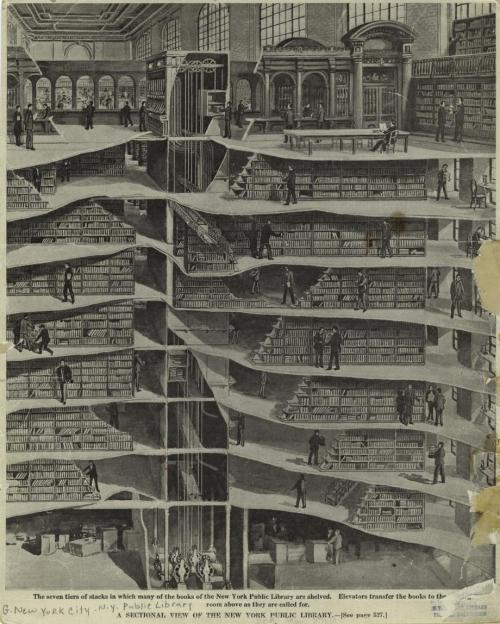Evidences for Jesus’ Resurrection
It is difficult to maintain that Jesus rising from the dead is a myth, legend or an invention. The evidence contradicts this: the gospels were written within a generation of his death and there are (admittedly disputed) non-Christian sources.
There are two main problems for those who want to suggest that Jesus did not rise from the dead: the empty tomb and the actual appearances of Jesus.
I THE EMPTY TOMB
1. His body was stolen
There are, at least, three problems with this hypothesis:
i. The character of the disciples, they were too scared to do anything at the time and such actions would be inconsistent with their subsequent high moral teachings
ii. Then they were prepared to die - and some did die - for a lie.
iii. Guards at the tomb – how did the disciples overcome them and persuade them not to say anything?
iv. The way the grave clothes were in the tomb suggests the body came through them. If the body was stolen why would they leave the grave clothes?
1.2 The Jews or Romans stole it
Why then did they not produce the body and stop the disciples preaching that Jesus had risen from the dead?
1.3 Grave robbers
Why go to a guarded tomb? They were only interested in money – why steal a body?
2. The wrong tomb
This implies that the Romans were guarding the wrong tomb – they weren’t so incompetent!
Why not then go to the right tomb and produce the dead body?
3. Jesus didn’t die – the swoon theory
The Romans were crucifixion experts; they did it regularly and so would know from experience when someone was dead or not.
When a spear was put into his side, water and blood came out – which suggests his lungs had collapsed and had died. The soldiers didn’t break Jesus’ legs which suggest that they knew he was already dead.
Jesus had been tortured before he was hung on the cross, he had had little or no food and water for a few days, he was placed in a cold tomb and yet he must have been able to remove the large stone in front of his tomb get past the guards, walking on wounded feet and then convince everyone that he had risen from the dead and had victory over death! Almost as great a miracle as rising from the dead!!
II. JESUS’ APPEARANCES
It has been suggested that Jesus’ appearances were hallucinations, pathological or psychic experiences. There are a number of problems with this.
1. These types of experiences seem only to happen to certain types of people and yet he appeared to 500 people at once, according to the apostle Paul.
2. Hallucinations tend to be individual, it is unusual for two experiences to be the same and yet it appears that the 500 saw the same thing.
3. Psychic experiences seem to occur in suitable times and places and yet Jesus appeared at all different times and places.
4. Hallucinations increase or decrease in occurrences and yet Jesus appearances occurred for forty days and then suddenly ceased.
5. Jesus after his resurrection broke bread and ate with people, he had physical marks on his hands and feet and could be touched. Things which are very difficult for an apparition or ghost to do! His appearance even convinced ‘doubting’ Thomas.
6. Even if they were hallucinations, why didn’t the authorities produce the dead body of Jesus?
III. OTHER
1. The change in the disciples.
The disciples changed from a group that were cowering, hiding and scared to a group who were prepared to die for the message that Jesus raised from the dead.
2. Jesus first appeared to women
The fact that the Gospels recorded that Jesus first appeared to women rather than men is evidence that the Gospels are reliable and not fabrications as contemporary views of women were that they not regarded as credible witnesses
3. The change in a day of rest from the Sabbath to a Sunday
The resurrection of Jesus on a Sunday is one explanation of the change of day.
4. Church history
Without the resurrection there would be no church. The church grew out of a belief in the resurrection of Jesus. Many early Christians were prepared to die for their faith in the resurrected Jesus; for example: Polycarp, Justin Martyr and Irenaeus.
The resurrected Jesus has changed and transformed many Christian’s lives; including the sceptic Saul and he certainly has changed mine. There is also the experience of lawyer Frank Morison who originally started to write a book disproving the resurrection and found himself converted as a result (Morison, 1930).
The apostles were either deceived or deceivers. Either supposition has difficulties; for it is not possible to mistake a man raised from the dead...‑‑While Jesus Christ was with them, He could sustain them. But, after that, if He did not appear to them, who inspired them to act?
Pascal Pensees (Section XII)
FURTHER
Pro
- Biblicalstudies.org resources
- Gary Habermas
- William Lane Craig Contemporary Scholarship and the Historical Evidence for the Resurrection of Jesus Christ
- Josh McDowell Evidence for the Resurrection
- Frank Morison Who Moved the Stone?
- N. T. Wright Resurrection and the Son of God
- Edwin Yamauchi Easter: Myth, Hallucination, or History?
Contra
- Infidels.org (approximately 40 online articles)
Debates
- Paul Copan and Ronald Tacelli (eds) Jesus' Resurrection: Fact or Figment? - A Debate Between William Lane Craig and Gerd Ludemann
- Gary Habermas and Antony Flew Did Jesus Rise From the Dead? The Resurrection Debate
- Wright v Crossan The Resurrection of Jesus: John Dominic Crossan and N. T. Wright in Dialogue



+(1).jpg)






